'I could have got away with riding a Cannondale Topstone' – My Gravel Burn bike setup might have been fast but I'll think long and hard for next year
Front suspension, wider tyres, or a completely new bike? Cycling Weekly tech writer, Aaron Borrill, weighs in on the ideal bike and component choices for Gravel Burn

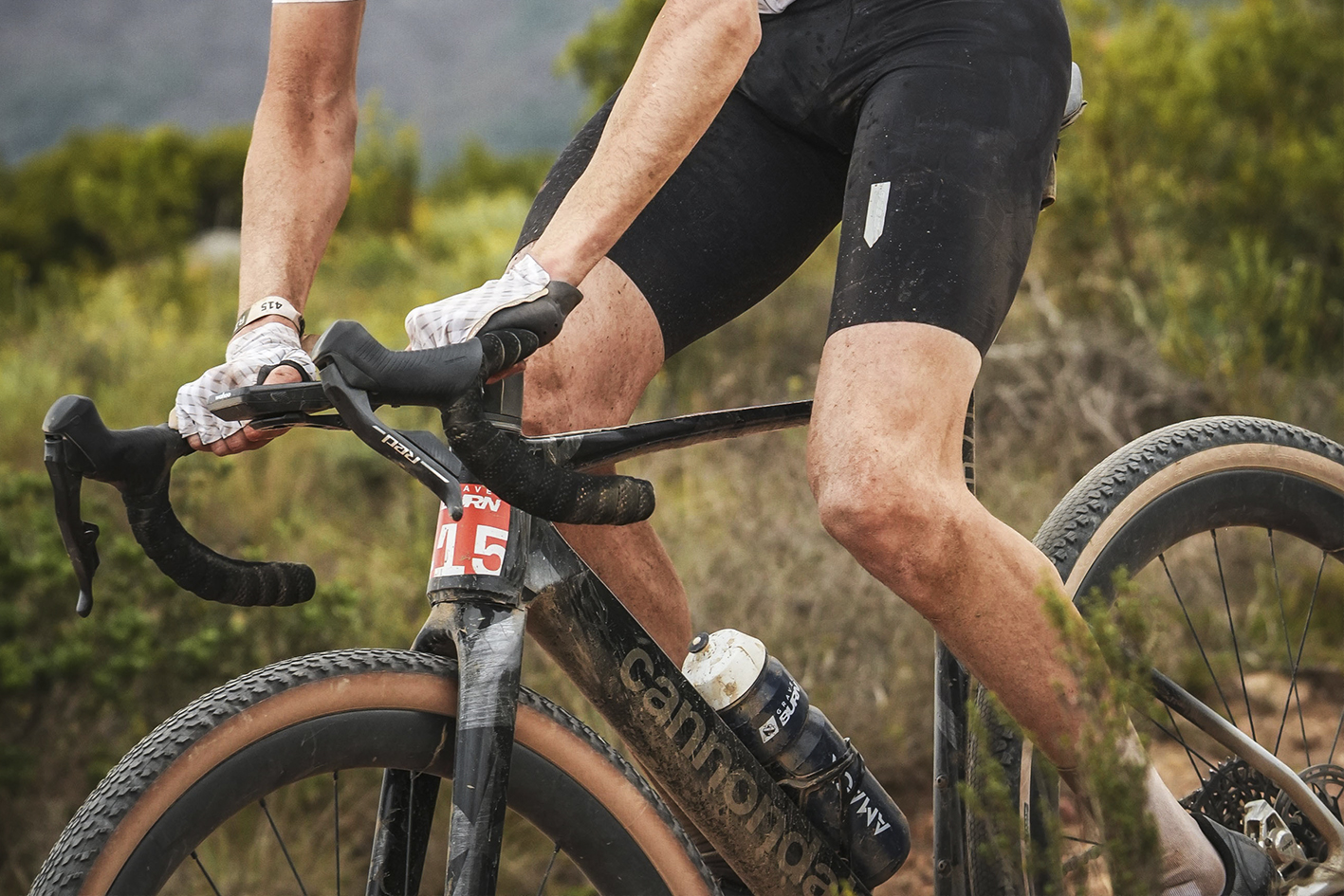
I knew Gravel Burn was going to be a tough race. As a South African, I have a deep understanding of the terrain, not to mention the harsh, hostile environment and weather; yet, nothing could have prepared me for what unfolded over seven days in the Great Karoo.
At dinner before Stage 1 and even in the start chute, I overheard riders chatting about their training camps and recon rides conducted on the route – something I couldn’t do, being based in the UK. Some of you may recall reading about my Gravel Burn bike check from last month. I put a lot of thought into my bike and equipment setup, testing numerous tyre configurations with various inserts. The terrain I used for testing was far from tame – I did a lot of training on rocky trails, mountain bike trails, open and exposed gravel roads, not forgetting sand. There’s a lot of sand in the South Downs over summer.
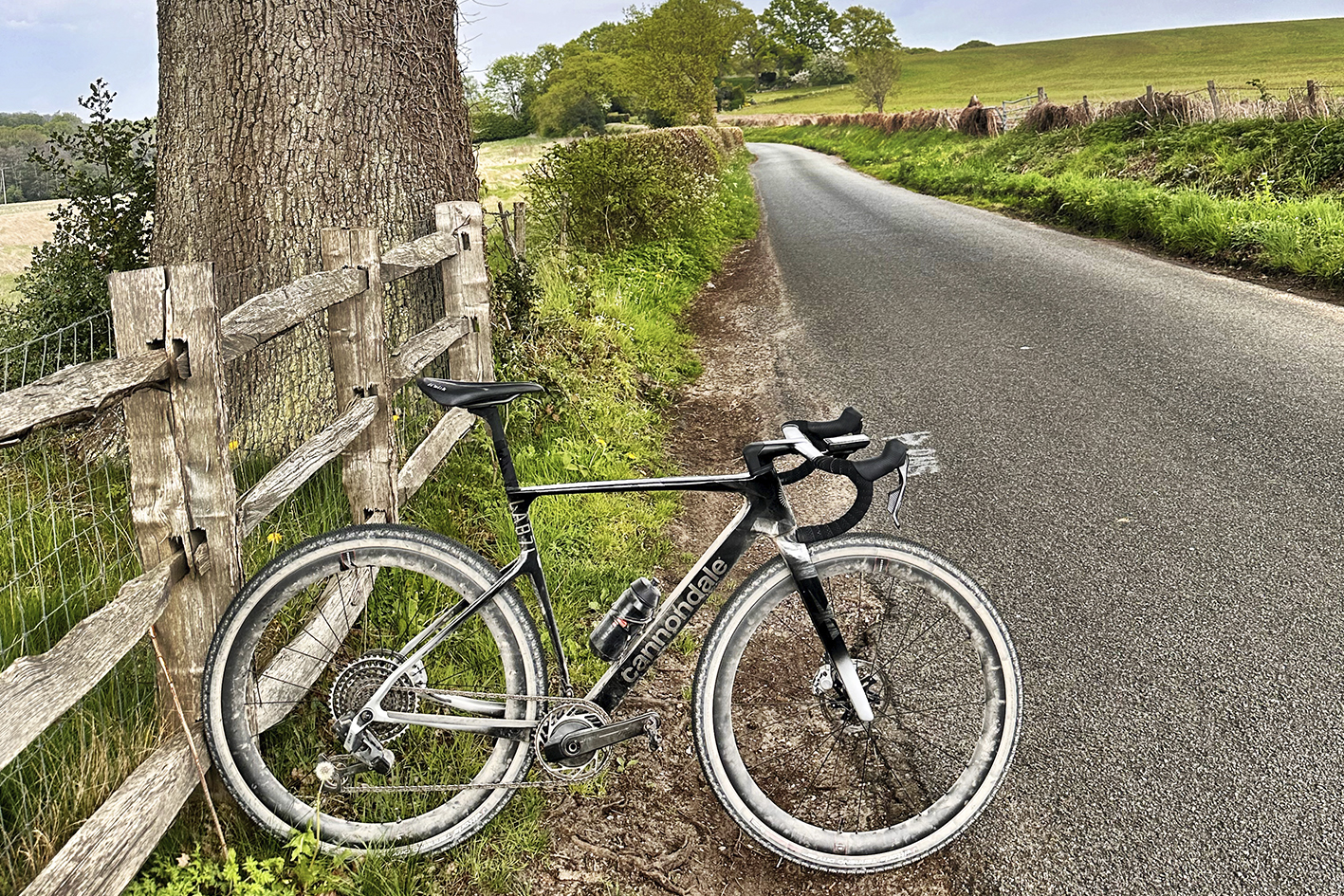
I felt confident with my equipment and my fitness, but there was one thing I couldn’t train for here in the Surrey Hills: the duration and technicality of the descents. Even if I managed a training camp in South Africa and spent time on the exact route and descents, the level of erosion from just one hour of heavy rain would render the terrain unrecognisable. I guess what I needed was long descents where I could test my equipment compliance and body fatigue.
There was a lot of washboard (corrugated ridges) on the route, which was hard and energy-sapping on the body, especially for someone like me at 60kg. I wouldn’t say I expected archetypal European or American gravel for 800km, but I did at least think there'd be periods of smoother stretches. There wasn't much of that, I'm afraid. See, African gravel is on a whole other level and needs to be respected; otherwise, you’ll pay for your transgressions in punctures, broken wheels, a wrecked body, tears, and a dwindling bank balance.
While my Cannondale SuperX Lab71 did the job, and I feel many of my equipment and component choices were correct, in retrospect, the complete setup might have been too racy for the 800km route.
What did I get right?
The Avec Aer grips I fitted a few weeks before Gravel Burn were a Godsend. I spent most of the race in the drops, as this provided added control and grip, allowing me to utilise the cushioning of the grips when the terrain became really bumpy. They also helped on the really long descents. I highly recommend the Avec Aer grips for all gravel racers looking for improved control and comfort from the front end. I finished the race with no blisters or bruising on my hands.
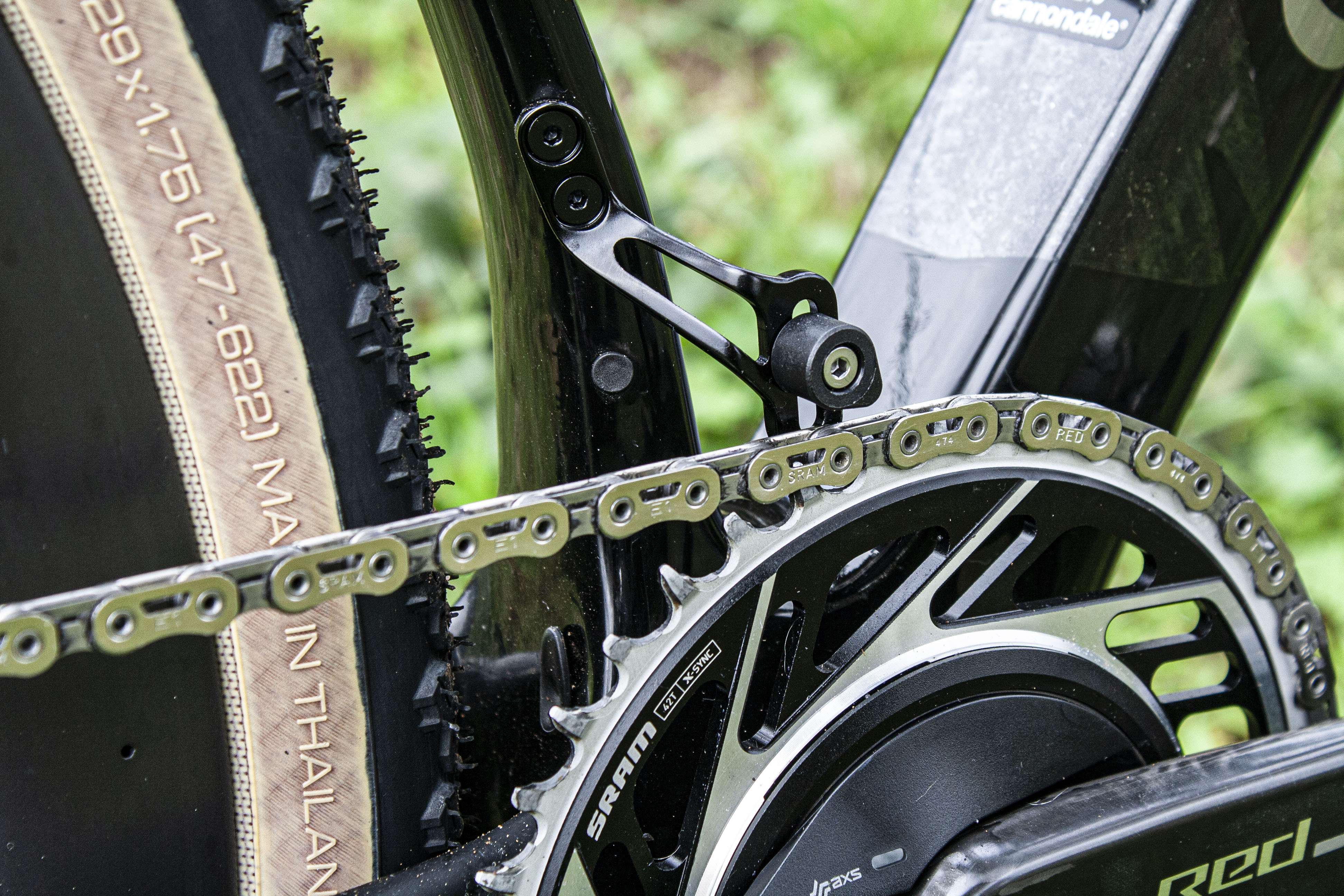
A chain catcher is a non-negotiable on this terrain. Every day, riders would drop their chains and lose the group, resulting in hours spent in the wilderness, often against a headwind. Every day, I’d hear the chain catcher working – even with the narrow-wide SRAM X-Sync chainring and super-stiff direct-mount rear derailleur. The terrain was bumpy and relentless, and this simple addition prevented the chain from jumping off the chainring. This gave me the confidence to push through the corrugated sections and maintain the power.

The Wolf Tooth DEL Gravel Race pedals were a last-minute addition, but an upgrade that was worth every penny. It saved me a total of 100g for the pair compared to the Shimano XTR equivalent, and that was all I needed for the race. I used them for six of the seven stages, opting for the Look Keo Blade Carbon Ceramic Ti pedals for the tarmac-heavy Stage 5. While there were moments where rock strikes and flying debris were concerns, the Wolf Tooth pedals never let me down, providing an aerodynamic and supportive platform from which to pedal effectively. They are highly robust, nicely weighted for easy clipping in at the start, and durable enough to withstand the harsh African terrain. In fact, a post-race examination revealed a few scuffs but no damage whatsoever.

The SRAM Red XPLR AXS groupset is usually rock solid and reliable. The braking modulation and precision are unmatched, and the ergonomics proved exceptional over the unforgiving terrain. I did have one unusual issue on the morning of Stage 3, where the rear mech stopped working 20 minutes before the start. In fear and panic, I barreled down to the bike mechanic station and asked for help. To my surprise, Devon Katzen from SRAM South Africa (Cape Cycle Systems) warrantied the part, fitted it in five minutes, and sent me on my way. Devon is, without a doubt, one of the unsung heroes of the event, and many riders will agree with me.
The latest race content, interviews, features, reviews and expert buying guides, direct to your inbox!
My gearing was spot on. The 42T, 10-46T proved ideal for the route profile, with enough climbing gears for the steep, mountainous stages and plenty of top speed for fast tarmac-heavy days where speed was the priority. I considered a 44 or 46T, but the stock gearing was all I needed.
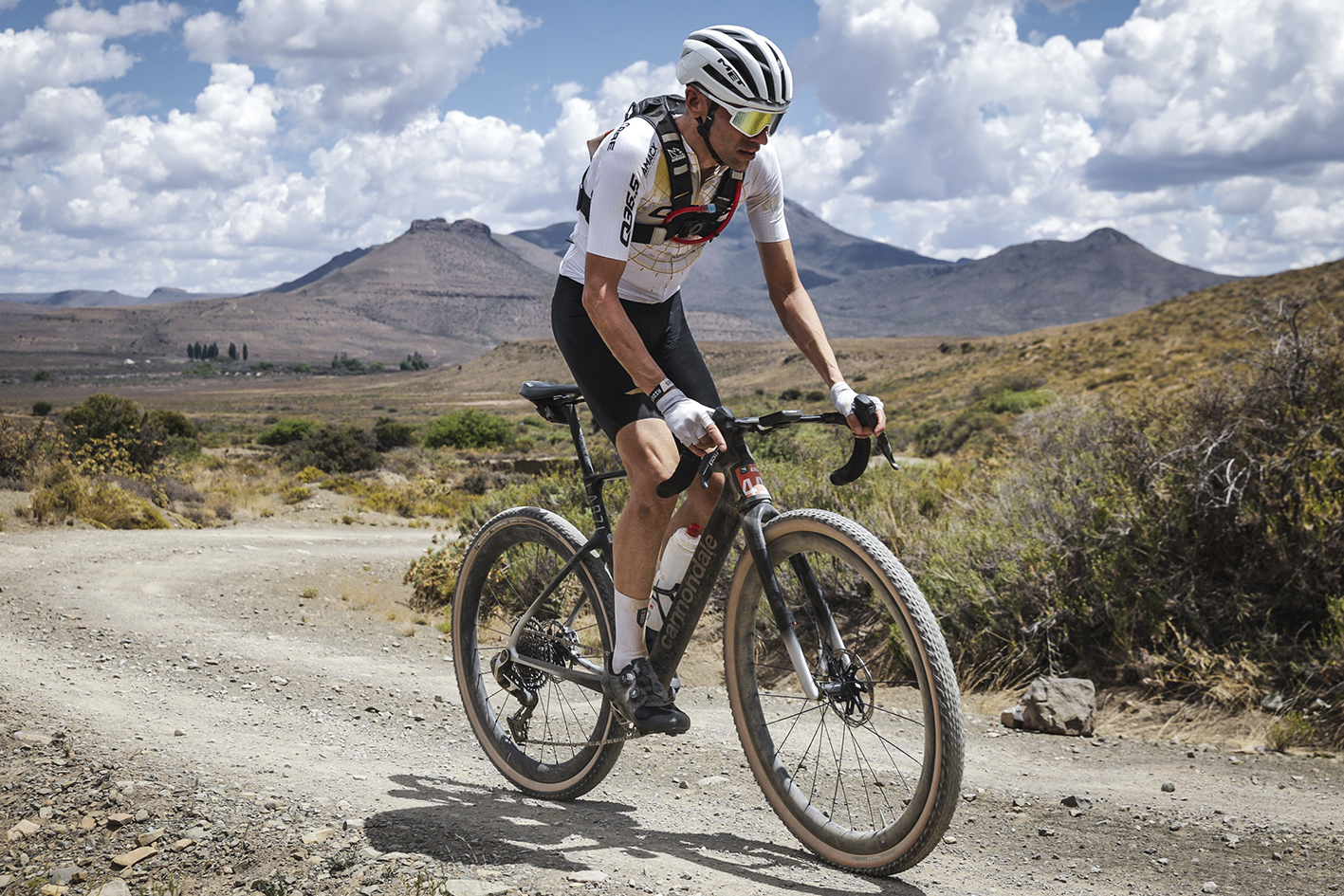
I'm super happy with my decision to use the Tacx Deva bottle cage. Bottle cages are often overlooked details, but a reliable option will keep your bottle secure and look after it. I didn't lose any bottles on the course, and although on one occasion the corrugations partially dislodged it, there was enough grip to prevent it from ejecting. I highly recommend the Tacx Deva bottle cage.
My USWE hydration pack was a game-changer. Not long ago, hydration packs were frowned upon by mountain bike marathon racers, but they’re now valuable for ultra-endurance stage races such as Gravel Burn. The 1.5-litre bladder coupled with my 700ml bottle was all I needed every day and ensured my hands stayed on the bars.
What did I get wrong?
Okay, I know – I got my tyre choice wrong. I think the tread pattern of the Vittoria Terreno T30 (previously called Terreno Dry) wasn’t suited ideally to the race, especially Stage 1, which was a mud bath. In hindsight, I’d have gone with a mixed gravel Vittoria Terreno T50 with reinforced sidewalls and 50mm width front/rear. The 47mm width was a good shout, but 50mm is probably the minimum width for Gravel Burn; extra volume will do wonders for boosting grip and comfort.

I punctured on Stage 3 and Stage 7, both times at the rear. Stage 3 was a 10cm sidewall tear, which necessitated replacing the tyre completely; as a result, I lost a lot of time. Stage 7 was a small gash that I managed to plug and nurse to the next aid station. So what went wrong with my choices? Well, I wanted 47mm tyres from the start as this width proved the best in terms of plushness, grip, speed and durability. The only Terreno model that met this criterion was the Terreno Dry with Gravel Race construction and limited sidewall protection. Looking back, I should have opted for the new Gravel Endurance construction of the Terreno T30, and gone with either the 45 or 50mm width options and boosted sidewall protection - but that's hindsight for you. My choice had nothing to do with weight savings but rather the feel, grip and ride quality afforded by the 47mm width. I raced the majority of the Gravel Burn with a 50mm Specialized Tracer up front and 47mm Vittoria Terreno Dry at the rear.
In retrospect, I would have kept the Vittoria AirLiner inserts, too. I eventually refitted my inserts for Stages 4 onwards, and they made a massive difference in terms of comfort and confidence on the downhills. While inserts numb communication and ride feel, there’s more to be lost by ditching them. Make sure you experiment and find the right inserts that work for you.
What I would change
I've given this a lot of thought over the past week, particularly during the flight home. And while the SuperX Lab71 was a pleasure on the climbs and false flats, I felt I was working harder than I needed to on the corrugated flats and technical descents – and this, I believe, contributed to compound fatigue later in the week. I wasn’t alone in this regard, and there were many riders in the same boat as me. I made some adjustments as the week unfolded, but there were certain things I couldn’t change. The SuperX platform is not compatible with a suspension fork, and there’s only so much wider tyres and inserts can do.

I believe that for a race like Gravel Burn, the benefits of a suspension fork are undeniable – and the added weight is compensated for by increased control and comfort. I think a 30mm RockShox Rudy fork with perfectly set compression and rebound is a good starting point, as it will help take the edge off and lessen fatigue. It will also ensure greater control, keeping the front wheel accurately tracking with the surface. This, coupled with a large-volume tyre with inserts, I reckon, will be a popular choice next year.
Would I have been more comfortable on a gravel bike with a suspension fork? Yes, of course. Would I have finished higher up in the GC? That’s debatable and difficult to quantify. I think I would have been less fatigued and perhaps had a little more to give on the final stage, had everything gone smoothly and I hadn't punctured. So while the SuperX Lab71 got me through one of the toughest gravel stage events on the calendar, I’m sure I could have got away with riding a Cannondale Topstone – the geometry isn’t too different, it’s just a little heavier. Not only does it feature rear suspension and a 40mm Lefty Oliver fork, but it also accommodates tyres of up to 52mm. It might just be the ideal weapon for Gravel Burn - perhaps I should test this theory next year?
I also mentioned in my pre-event bike check that the Canyon Grail didn't quite hit the spot for me, but I reckon the Grail CF 8/CF 9 with RIFT or even a Ribble Ultra-Grit with suspension might have helped soften the rhythmical yet painfully perfect corrugations that played on repeat for seven days.
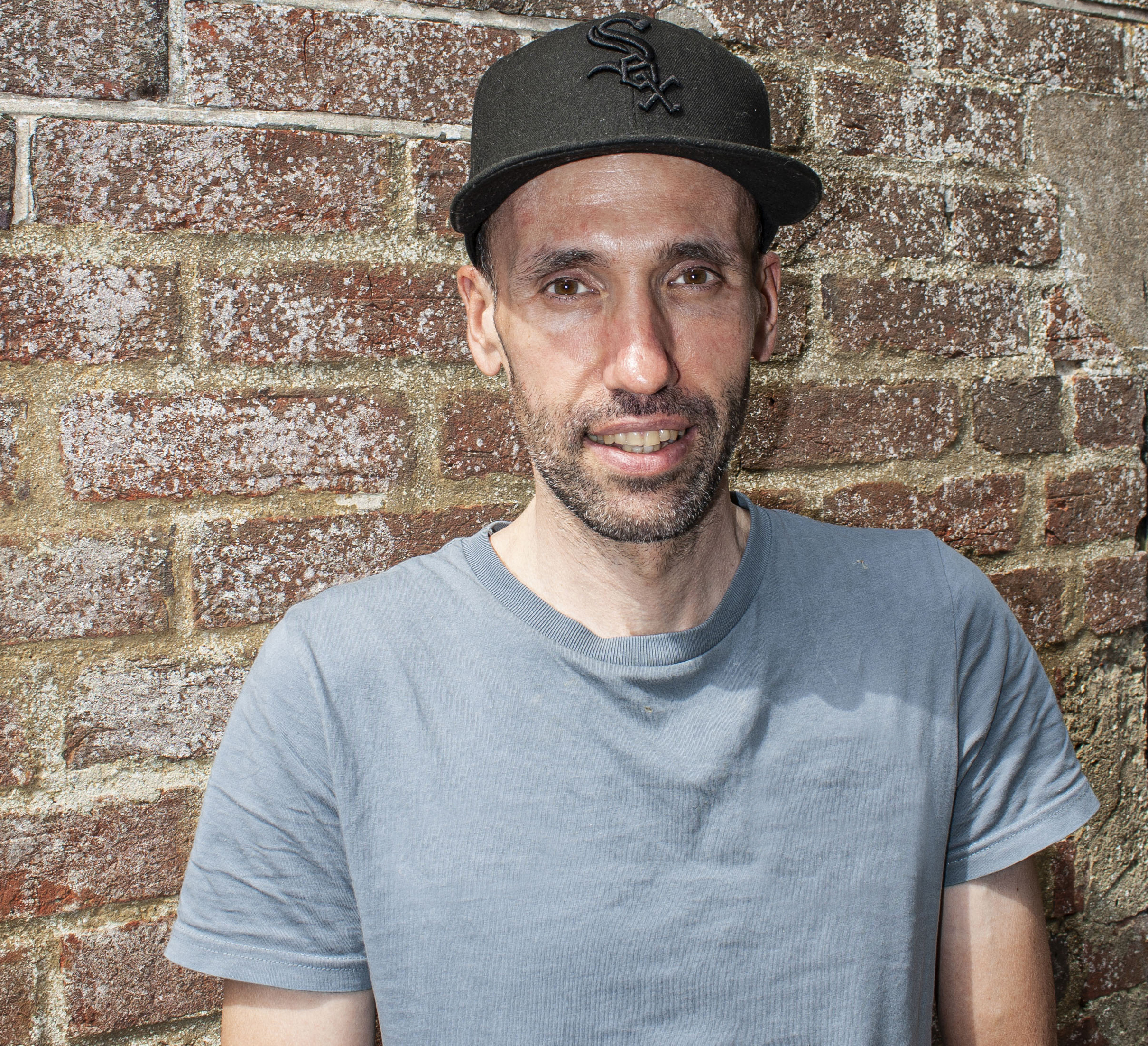
Aaron is Cycling Weekly's tech writer. As the former editor of off.roadcc, tech editor of Cyclingnews and Bike Perfect, digital editor of Bicycling magazine and associate editor of TopCar, he's travelled the world writing about bikes and anything with wheels for the past 20 years. As a racer, he's completed stage races such as the Cape Epic, Berg and Bush, W2W, and Gravel Burn. On the road, he’s completed the Haute Route Alps, represented South Africa at the UCI Gran Fondo World Championships Road Race and Time Trial and is an accomplished eSports racer, too - having captained South Africa at the 2022, 2023 and 2024 UCI Cycling eSports World Championships.
You must confirm your public display name before commenting
Please logout and then login again, you will then be prompted to enter your display name.